Agronomic Insights
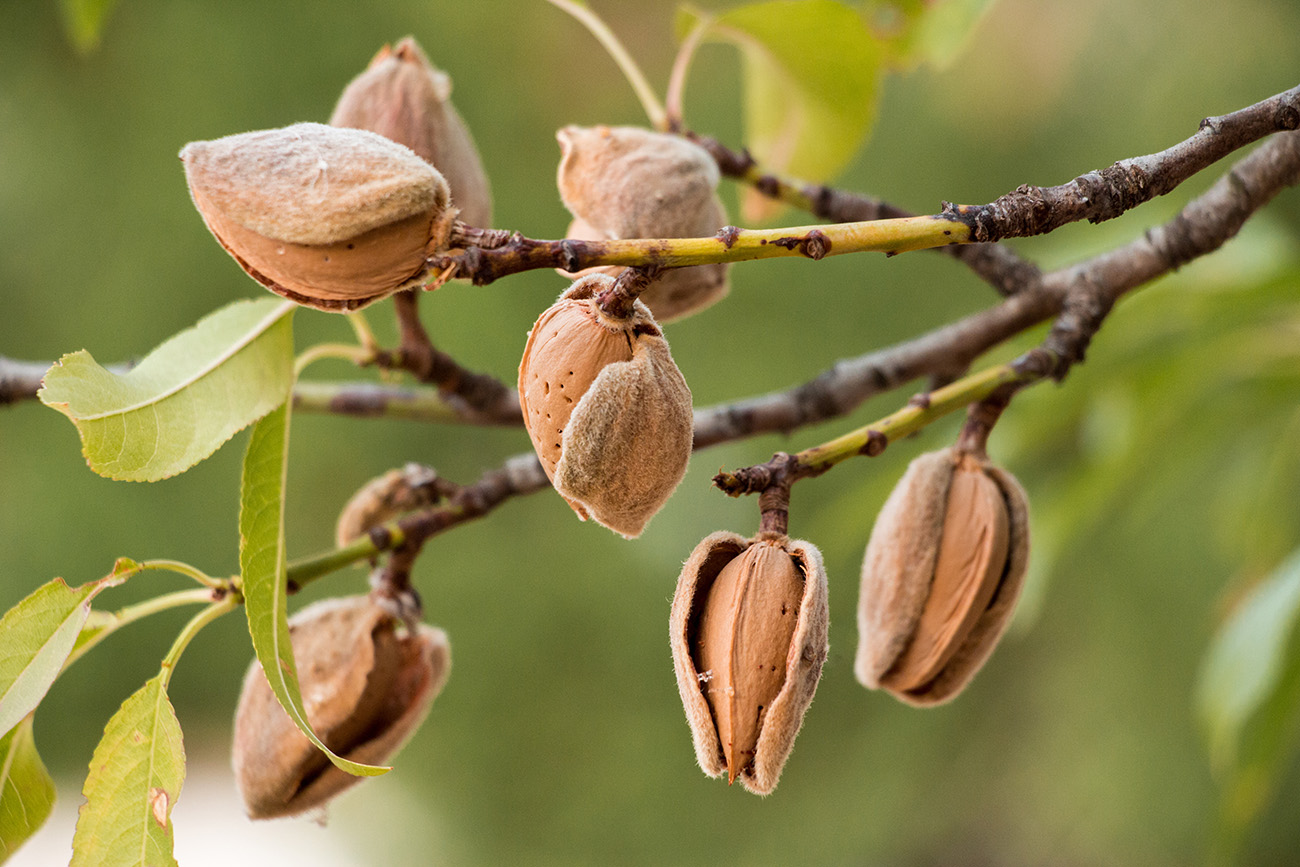
Conrad Leeks – EASY Liquids Sales Agronomist
In an almond crop, post-harvest is one of the most important times of the year for crop nutrition as it sets the trees up for overall health and better productivity. Almond growers and their advisers are encouraged to make the most of this opportunity by using soil and plant tissue test results to ensure adequate and balanced nutrition.
What is at stake?
Tree health and vitality is essential to the ongoing viability of the orchard. Healthy trees are better able to combat any abiotic/biotic stresses they may encounter, such as extreme temperatures, water or radiation stress, or insect and disease pressures.
An adequate and balanced post-harvest fertiliser program gives trees a good start when it comes to the next crop. It promotes stronger root growth, rebuilds carbohydrates, provides energy to transfer and store nutrients and encourages strong flower set and leaf development.
Strengthening the trees will have a flow on effect when it comes to nut quality, size, and yield. The longer the tree’s nutrient status remains at the low end or below the optimal range, especially during stages critical to yield, the greater the negative effects on yield, nut size, quality, and the following season’s bloom.
Post-harvest tissue testing
Post-harvest tissue testing is a tool that can be used to enable growers to understand what nutrients may be missing. Figure 1 shows the result from a test taken from an almond orchard in the Loxton area, following harvest. The results were interpreted by the NATA accredited Nutrient Advantage Lab. Based on these results, one can clearly see that both Nitrogen (N) and Phosphorus (P) are below the optimum levels.
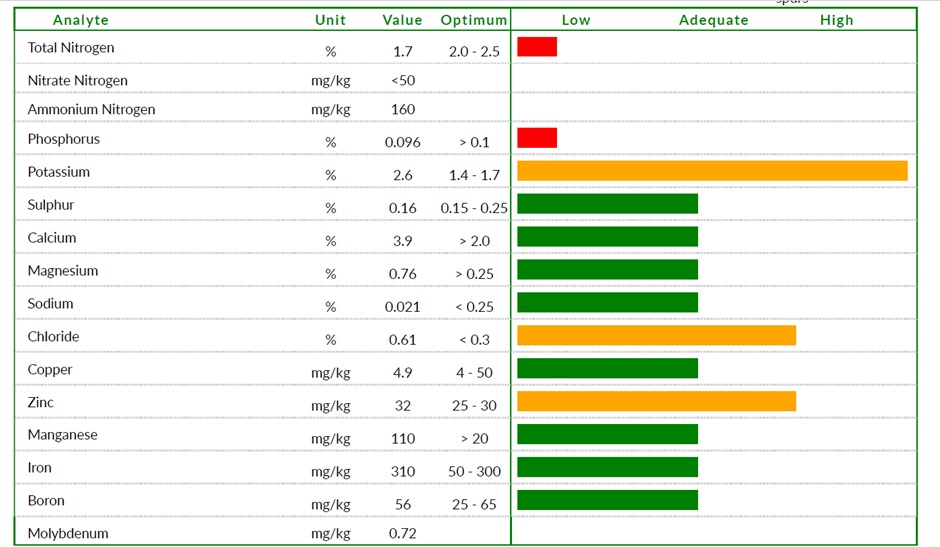
Fixing nutrient shortfalls
If your post-harvest tissue tests reveal an issue, liquid fertilisers can be an effective way to improve the nutrient status of your trees. In the Easy Liquids range, two nutrients of N and P can be balanced using N25 and Flowphos 15.
Nitrogen
There are three straight N-based product options:
- N24 (24% Urea)
- N25 is an Ammonium Nitrate (12.5% NH4+ and 12.5% NO3-)
- N26 (26% Urea)
- N42 (UAN – 10.5% NH4+, 10.5% NO3- and 21.5% Urea)
Ammonium nitrate is very popular, as it provides a balance of N in the nitrate and ammonium form. The ammonium form has a positive charge, allowing it to bind to the negatively charged soil colloids, hence reducing losses through leaching. The nitrate form is freely available and moves readily with the soil water to the root system. Ammonium is converted to the nitrate form via micro-organisms in the soil. Having N in the ammonium form, allows N to be banked and used over a longer period. Having N in the nitrate form is particularly useful in the cooler months.
Nitrogen options available from EASY Liquids
| Product | Total N | Ammonium | Nitrate | Urea |
| N24 | 24 | 24 | ||
| N25 | 25 | 12.5 | 12.5 | |
| N26 | 26 | 26 | ||
| N42 | 42.5 | 10.5 | 10.5 | 21.5 |
Phosphorus
P is vital for root development, flower initiation and energy transport within plants. P is a structural constituent of essential biomolecules involved in energy metabolism, such as adenosine triphosphate (ATP) and pyrophosphate (PPi), and in the formation of key macromolecules such as nucleic acids and phospholipids. Hence, P is integral to nearly all major metabolic processes in plants (Scheerer et al. 2019)
The form of phosphate being used in an Almond crop is important. Products such as Flowphos 15 contain soluble orthophosphate, which contain one phosphate group This is the only form of plant available P that roots can directly assimilate from the soil (Stigter and Plaxton, 2015). Once orthophosphates react with water, it forms plant available: H2PO4- and HPO42- ions. Feeding the plants with orthophosphate frequently allows rapid uptake of P by the root system. This is a much more useful form of P as opposed to long-chained phosphates such as ammonium polyphosphates (APP). These long-chained phosphates must react with water and enzymes to convert into plant available phosphate forms. The time frame can vary from 1 to 100 daysy) , depending on the factors such as soil temperature, pH, biological activity and aerobic status. Hence using polyphosphates, results in a slower plant available P release. (Grint et al. 2022)
Storage of polyphosphates in a tank during summer, can lead to hydrolysis to orthophosphate. It can also result in a disassociation of sequestered metals, leaving residue in the tank. Storage of orthophosphates, such as Flowphos®, is not an issue, as they are stable and will not hydrolyse under heat.
Trace elements
After harvest almonds also need zinc and boron. Easy Liquids have an extensive range of blends, formulated for fertigated systems. For zinc, one could use Flowphos 10, Flowphos 13Z, Flowphos KZ or Flowphos SZ. For Boron, one could use a N-Cal + B.
Flowphos range
| Product | N | P | K | S | Zn |
| Flowphos 10 | 13 | 10 | 5 | 0.4 | |
| Flowphos 13Z | 9 | 14 | 1 | 0.9 | |
| Flowphos 15 | 10 | 15 | |||
| Flowphos K | 8 | 15 | 7 | ||
| Flowphos KZ | 8 | 14 | 7 | 0.5 | |
| Flowphos SZ | 10 | 7 | 1 | 6 | 0.5 |
Summary
In summary, tissue and soil testing are important when determining limiting factors in an almond crop. Use of such tools, in conjunction with a sound choice of liquid fertilisers can help Agronomists/growers prime their trees for the following season.
Further information
For further information on the use of liquid fertilisers, please feel free to contact me on 0466 664 026.
References
Stigter KA, Plaxton WC. (2015) Molecular Mechanisms of Phosphorus Metabolism and Transport during Leaf Senescence. Plants (Basel). 2015 Dec 16;4(4):773-98. doi: 10.3390/plants4040773. PMID: 27135351; PMCID: PMC4844268.
DISCLAIMER
This is a guide only, which we hope you find useful as a general tool. While IPF has taken all reasonable care in the preparation of this guide, it should not be relied on as a substitute for tailored professional advice and IPF accepts no liability in connection with this guide. Incitec Pivot Fertilisers manufactures and sources fertilisers from other suppliers. The fertiliser supply chain extends beyond the company’s direct control, both overseas and within Australia. Incitec Pivot Fertilisers hereby expressly disclaims liability to any person, property or thing in respect of any of the consequences of anything done or omitted to be done by any person in reliance, whether wholly or in part, upon the whole or any part of the contents of this article.
You might also be interested in these
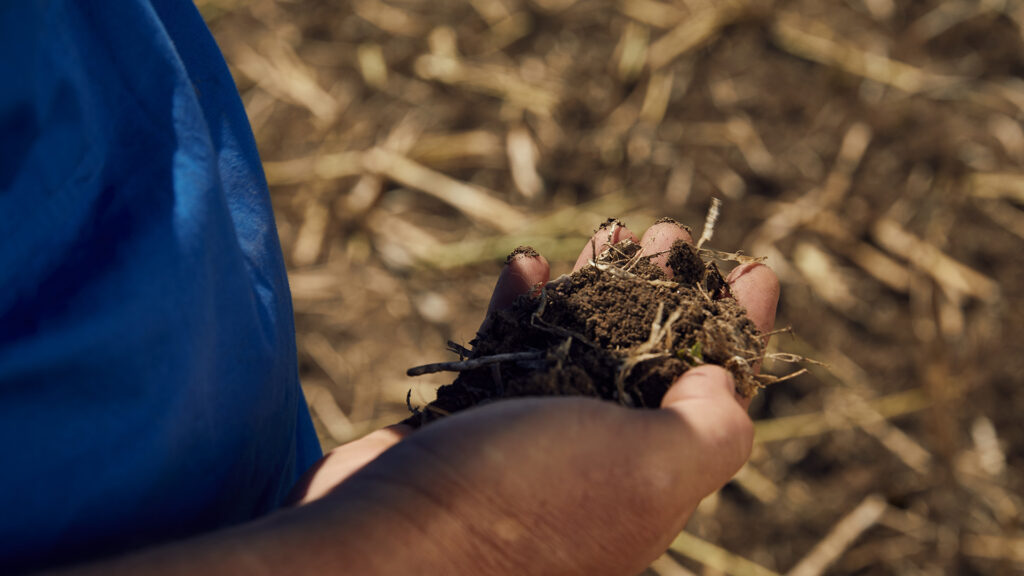
Horticulture, Pasture, Summer Crop
At risk of nitrogen volatilisation? Test your soil before choosing a fertiliser product when broadcasting
February / 2023
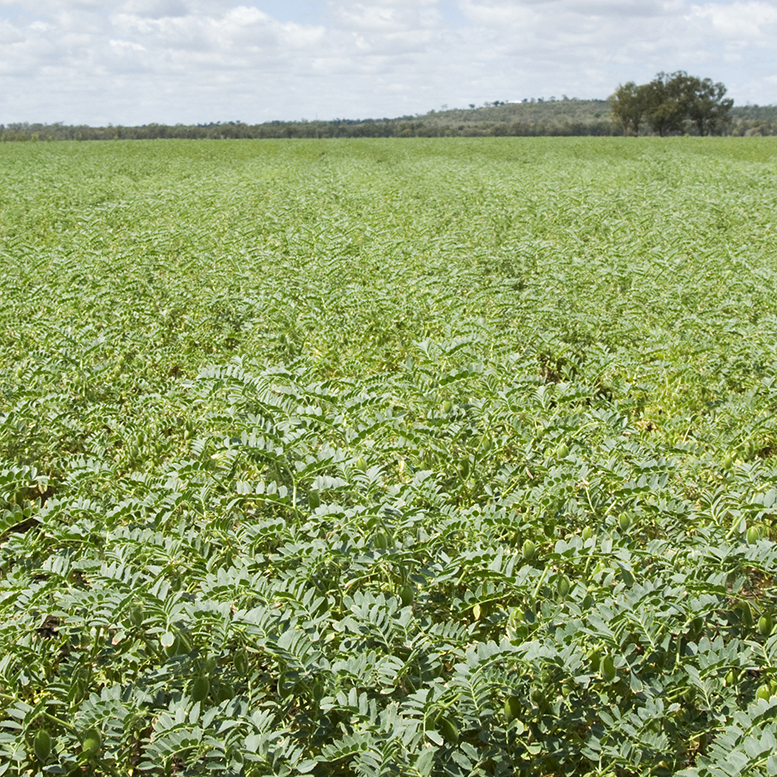
Winter Crop
Keeping up with your K
May / 2024
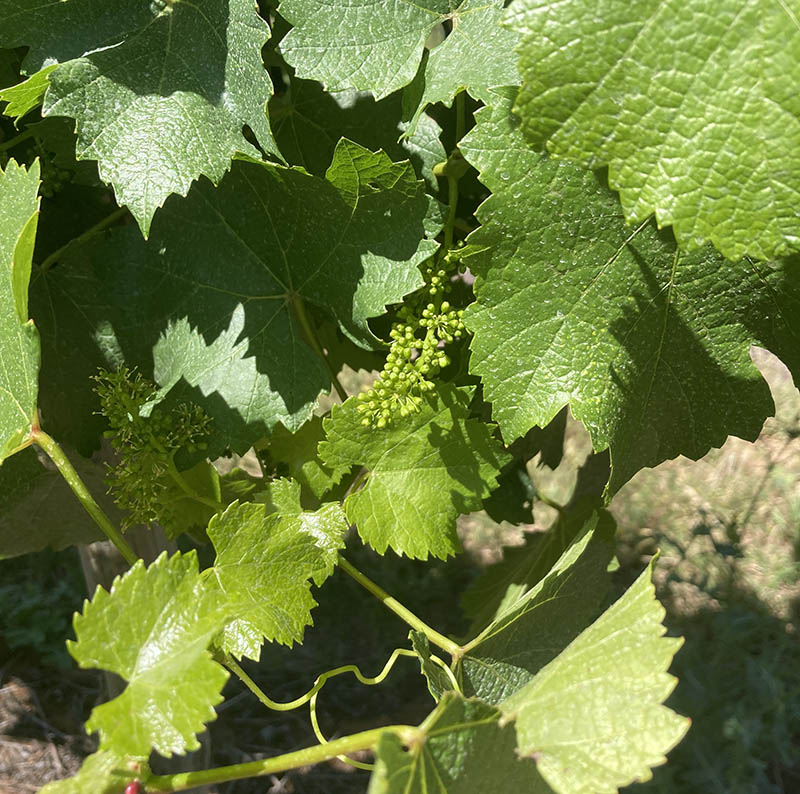
Horticulture
The power of the petiole test
October / 2023

Horticulture, Pasture, Sugar, Summer Crop, Winter Crop
Soil sampling for reliable results
February / 2025

